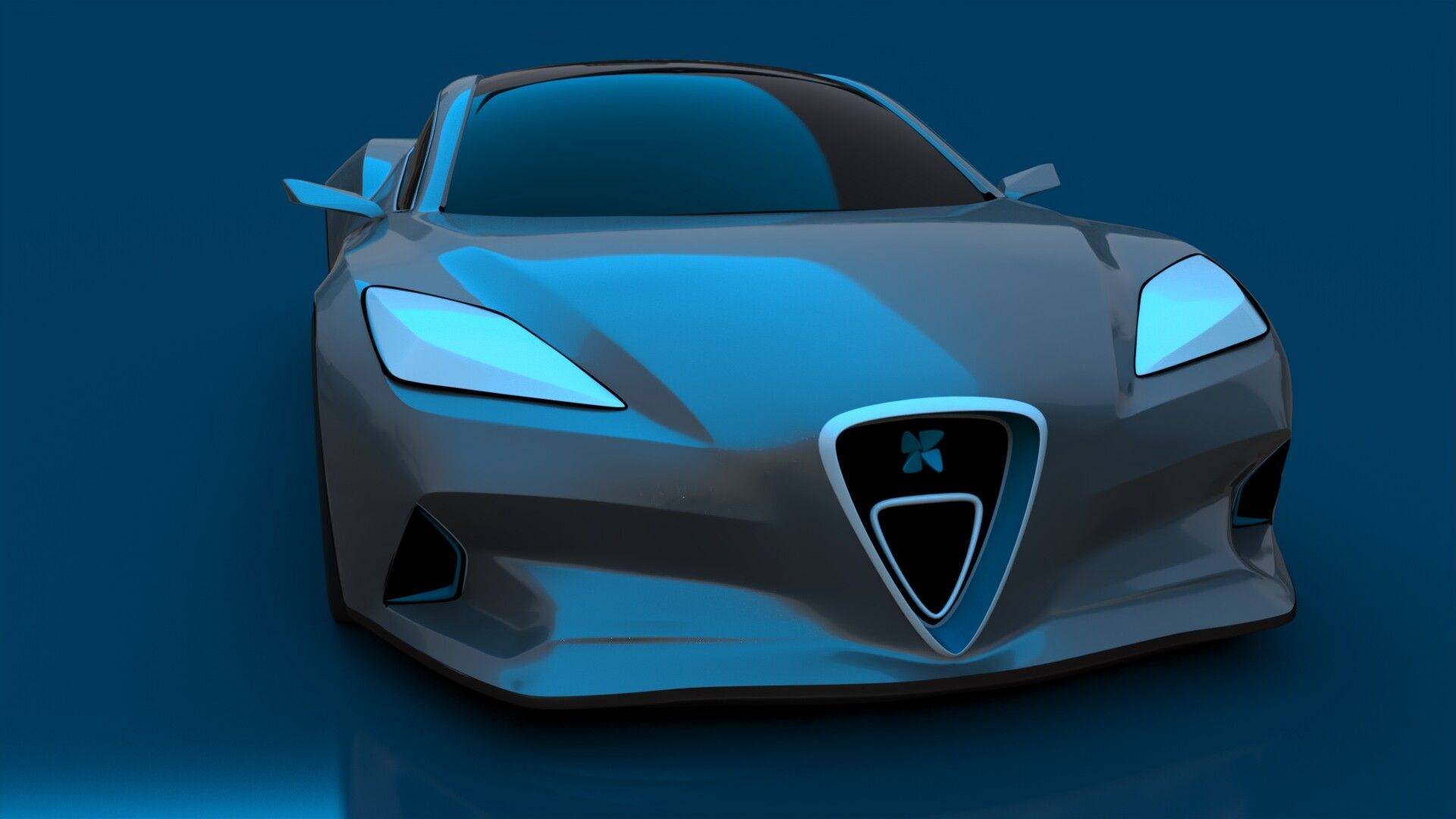Creating Good Topology from the Start
Hey there! If you’ve ever ventured into the fascinating world of 3D modeling, you know that it can be both exhilarating and challenging. How to build 3D models that look fantastic and behave seamlessly requires not just creativity, but also a solid understanding of topology. In this article, we’ll learn the basic strategy of putting together good topology from the start.
Back in the day, when I decided to take my first steps into the realm of 3D modeling, I was bursting with excitement. Armed with my newfound software, Gravity Sketch VR, I quickly started creating shapes and objects. However, to my dismay, the initial results were far from what I had envisioned. My models looked clunky, deformed, and behaved erratically during texturing, and forget about animation. That’s when I discovered the power of topology and how to apply that in Gravity Sketch, my 3D tool of choice – and it forever changed my approach to 3D modeling.
Understanding Topology: The Backbone of 3D Models
Before we jump into how to build 3d models, let’s grasp the concept of topology. In the context of 3D modeling, topology refers to the arrangement of vertices, edges, and faces that form a 3D object. Good topology is essential because it determines how well your model will deform, subdivide, and interact with lighting and textures. Clean and efficient topology can save you from a lot of headaches down the road, especially when you need to modify or animate your model.
The Art of Planning Your Model
Wow, this is important, so listen closely! To ensure good topology from the beginning, the first step is to plan your model thoughtfully. Imagine you’re a sculptor about to create a masterpiece. You wouldn’t blindly start chiseling away at the block of marble; instead, you’d carefully sketch out the design before making the first cut. Similarly, in 3D modeling, it’s crucial to have a plan before diving into the details.
Conceptualize Your Design – Take some time to visualize your 3D model in your mind or on paper. Think about its shape, proportions, and overall structure. Consider how it will be used and how it should behave during animation. Having a clear concept in mind will guide your decisions as you progress.
Start Simple – It’s tempting to jump straight into complex shapes and intricate details, but remember that starting with a simple base mesh is a wise move. Begin with a low-poly representation of your model, defining its primary forms and major features. This basic structure will serve as the foundation on which you’ll build the rest of your model.
Edge Loops: The Backbone of Good Topology – One of the cornerstones of good topology is the strategic use of edge loops. These are continuous lines of edges that flow smoothly across your model. They are vital for maintaining shape and ensuring smooth deformations during animations. Imagine edge loops as the skeleton of your model; a well-designed skeleton ensures your model moves gracefully.
Understanding Edge Loops
To better understand the significance of edge loops, let’s take a look at an example. Suppose you’re creating a character’s face. You’d want to use edge loops that flow along the natural lines of facial anatomy, like the jawline, cheekbones, and eye sockets. This way, when you later animate the character, the facial expressions will appear more realistic and natural.
4. Avoid Ngons and Triangles
In the world of 3D modeling, Ngons (polygons with more than four sides) and triangles can be problematic. While they might seem like a quick solution, they can lead to irregular deformations and unwanted shading issues. Aim to work primarily with quads (four-sided polygons) as they subdivide more predictably and create a cleaner mesh.
5. Balance Detailing and Optimization
Achieving good topology is about finding the right balance between detailing and optimization. You want enough resolution in your mesh to capture the necessary detail but not so much that it bogs down your computer or makes editing difficult. Remember, you can always add more detail later using techniques like subdivision surfaces.

How to build 3D models with Subdivision Surfaces
Subdivision surfaces are a powerful tool in a 3D modeler’s arsenal. They allow you to add smoothness and refine your model without increasing its complexity significantly. Let’s explore how to make the most of this technique.
1. Applying Subdivision Surface Modifier
In most 3D modeling software, you’ll find a Subdivision Surface modifier that can be applied to your mesh. When added, this modifier subdivides the faces of your model, smoothing out the surface. However, this doesn’t change the actual topology of your base mesh. It’s essential to ensure that your base mesh has good topology to start with, so the subdivision process doesn’t lead to unexpected deformations.
2. Edge Creasing
While the subdivision surface smooths the model, some edges may need to remain sharp. This is where edge creasing comes into play. By applying edge creases to certain edges, you can control the amount of smoothing that occurs across your model.
How to build 3D models | Conclusion
Designing 3D models with good topology from the start is a fundamental aspect of successful 3D modeling. Understanding topology as the arrangement of vertices, edges, and faces that form a 3D object allows you to create models that not only look impressive but also behave seamlessly during animation and rendering.
Throughout this article, we’ve explored the importance of planning your model, starting with a simple base mesh, and strategically using edge loops to maintain shape and ensure smooth deformations. We’ve also emphasized the significance of avoiding Ngons and triangles, as well as finding the right balance between detailing and optimization.
By implementing these techniques, you can significantly improve the quality of your 3D models and streamline your workflow. Remember, just like any skill, mastering 3D modeling takes practice and patience. Don’t be discouraged by initial challenges or less-than-perfect attempts; each project you undertake will enhance your understanding and proficiency.
As you embark on your 3D modeling journey, keep in mind that there are countless resources available to support your growth. Online tutorials, forums, and communities of fellow artists can provide valuable insights, tips, and constructive feedback.
Ultimately, 3D modeling is an art form that allows you to unleash your creativity and bring your imagination to life. Whether you’re designing characters, environments, or intricate objects, focusing on good topology from the outset will set the foundation for remarkable creations that captivate and inspire.
So, go ahead and embrace the world of 3D modeling with confidence. Remember the power of topology and let it be the guiding force in your artistic endeavors. With dedication and passion, you’ll find yourself crafting breathtaking 3D models that leave a lasting impression on audiences and fellow artists alike.
Happy modeling!

